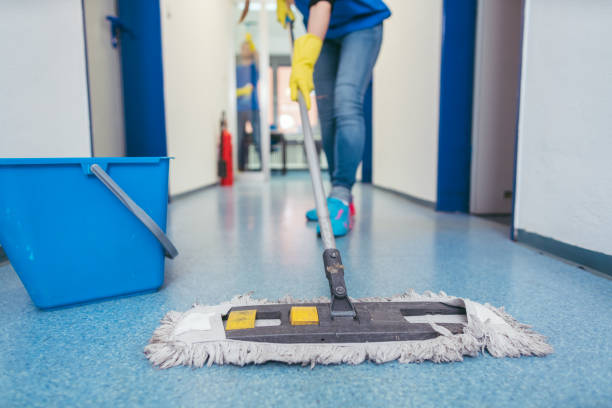
There are several issues that companies may face when using in-house cleaning employees, including:
High Turnover: In-house cleaning staff may have a high turnover rate, which can be costly and disruptive for businesses. Training and orientation of new employees takes time and resources, and it can be difficult to find skilled cleaners who are willing to work in a full-time or part-time capacity.
Absences and Sick Leave: Cleaning employees may take time off due to illness, personal issues, or other reasons, leaving the cleaning tasks undone. This can create a backlog of work, and the company may need to pay overtime to catch up, or face complaints from customers or employees.
Lack of Training and Expertise: In-house cleaning employees may not have the same level of training and expertise as professional cleaning services. They may not be familiar with the latest cleaning techniques and equipment, or may not have access to the same quality of cleaning products.
Cost of Equipment and Supplies: Companies may need to invest in cleaning equipment and supplies for their in-house cleaning staff, which can be expensive. They may also need to pay for maintenance and repairs of the equipment, which can be an additional cost.
Limited Availability: In-house cleaning staff may only be available during normal business hours, which can limit the availability of cleaning services to customers or employees. This can create a backlog of cleaning tasks, or may result in a reduction in the quality of cleaning services.
In conclusion, using in-house cleaning employees can present several challenges for companies, including high turnover, absences and sick leave, lack of training and expertise, cost of equipment and supplies, and limited availability. By outsourcing cleaning tasks to professional cleaning services, companies can avoid these issues and enjoy a range of benefits, such as increased efficiency, improved health and safety, cost savings, and flexible cleaning schedules.